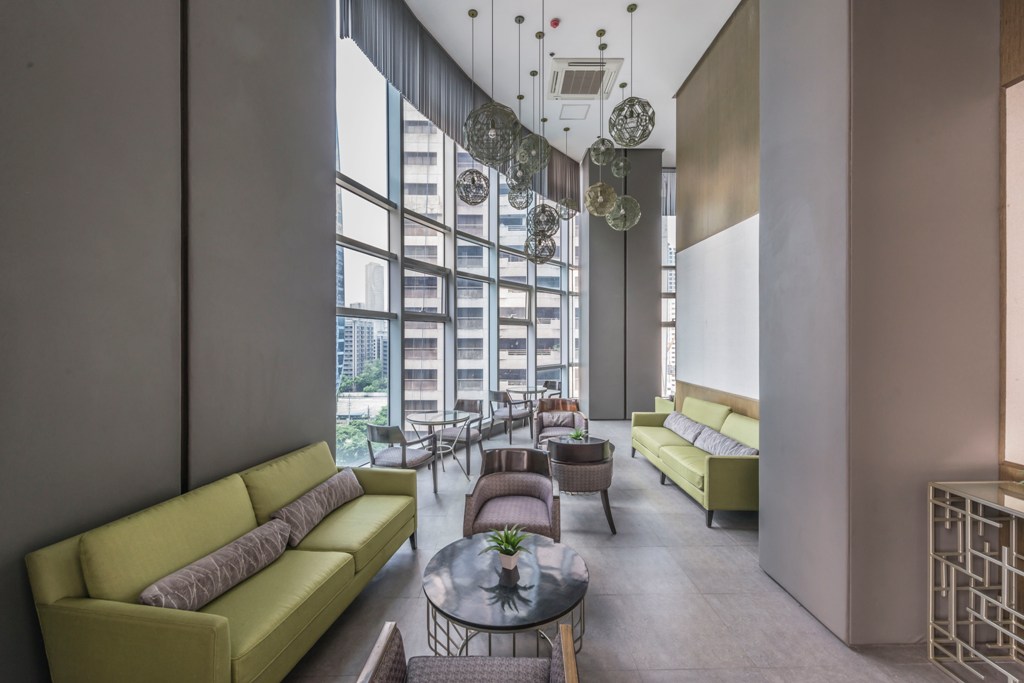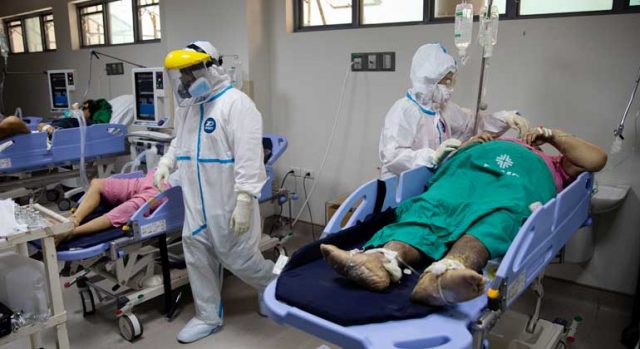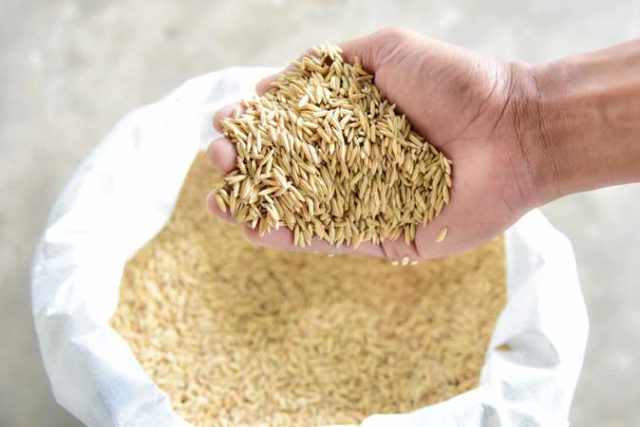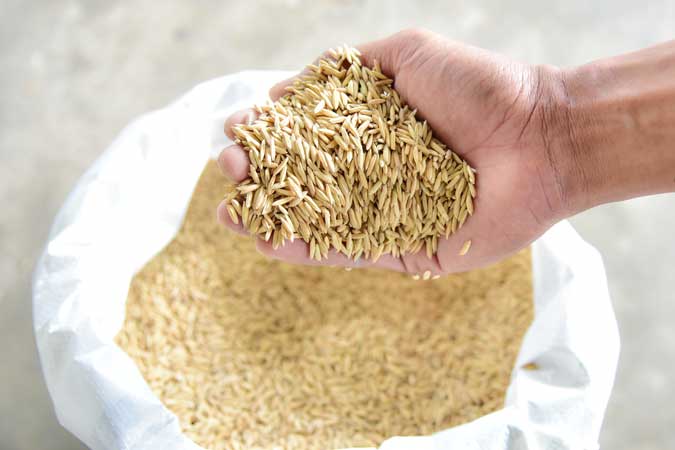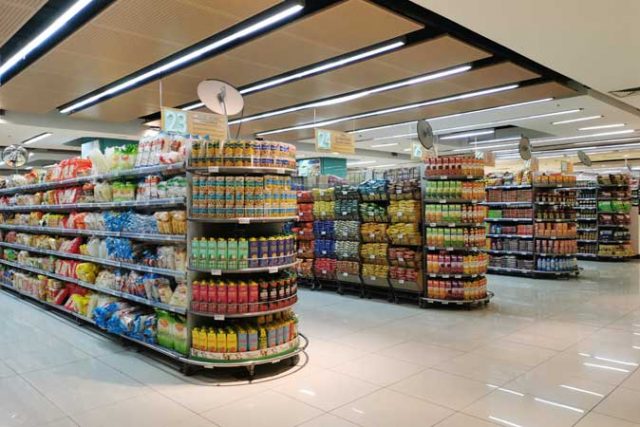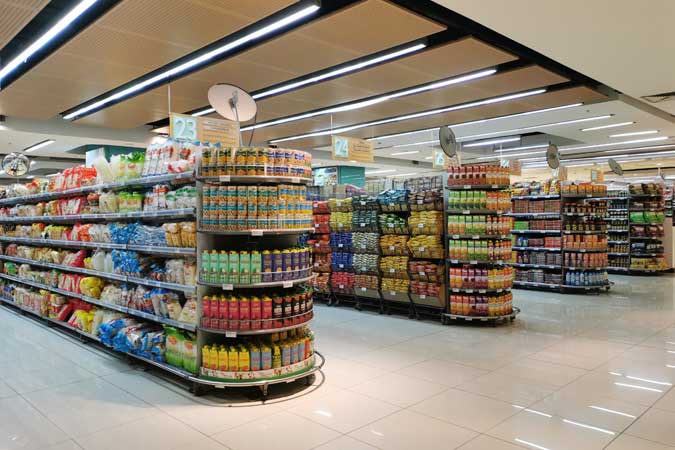By Keren Concepcion G. Valmonte, Reporter
DEL MONTE Pacific Ltd. (DMPL) on Wednesday said it is deferring the initial public offering (IPO) of its Philippine subsidiary amid heightened market volatility arising from a surge in coronavirus disease 2019 (COVID-19) infections.
The announcement came just as the Securities and Exchange Commission (SEC) said it “considered favorably” the IPO applications of the two real estate investment trusts (REITs) sponsored by Robinsons Land Corp. (RLC) and Megaworld Corp., subject to remaining requirements.
Del Monte Philippines, Inc. (DMPI), a company known for its tomato sauces and specialty health drinks, had aimed to raise as much as P44 billion from its IPO that was scheduled to begin on Aug. 9. It had targeted to list on the Philippine Stock Exchange (PSE) on Aug. 23.
“Amid a surge of COVID-19 cases in the Philippines and in the region, the PSE has been highly volatile in recent weeks, and the board believes that it is in the best interests of the company, its shareholders, and potential investors to defer the listing until conditions improve,” DMPL said in a statement.
The parent company said it remains “committed” to listing DMPI once conditions improve. An earlier IPO plan in 2018 was also scuttled due to volatile market conditions.
Metro Manila and nearby provinces will be under an enhanced community quarantine (ECQ) from Aug. 6 to 20, as the government tries to curb a Delta-driven spike in COVID-19 infections.
The Health department reported 7,342 new COVID-19 infections on Wednesday, bringing the total of active cases to 63,171.
“It is an option for the issuer to wait for better market conditions to do the share sale or IPO in able to optimize the valuation in terms of getting the most demand or market interest and at the most favorable price possible,” Rizal Commercial Banking Corp. (RCBC) Chief Economist Michael L. Ricafort said in a text message.
Reuters said the Philippine bourse, which has recorded four consecutive negative weekly moves since the first week of July, losing nearly 5% in the ongoing quarter so far.
On Wednesday, the PSE index closed 0.38% up at 6,585.21, lifted by positive earnings reports.
“The Delta variant’s spread in the country is being closely monitored by market participants, and as such may affect the risk appetite of investors especially over the coming weeks,” Darren Blaine T. Pangan, trader at Timson Securities, Inc., said in a Viber message.
Mr. Pangan said investors will be awaiting news if the two-week ECQ will be extended in Metro Manila.
“The ghost month for most of August would also be a consideration for issuers amid the objective of getting the best possible demand/bids, price, and other terms for [their] respective fund-raising activities in the capital markets,” RCBC’s Mr. Ricafort said.
MORE REITS
Meanwhile, the corporate regulator approved the IPOs of REITs by Megaworld and RLC, which are both expected to be launched later this month.
Megaworld’s REIT unit will conduct its IPO from Aug. 23 to 27, while RLC’s REIT IPO will run from Aug. 31 to Sept. 8.
Megaworld’s MREIT, Inc. will be offering to the public 1,078,000,000 secondary offer shares for as much as P22 apiece, with an overallotment option of up to 161,700,000 common shares. The offer can net up to P26.3 billion in proceeds.
MREIT is said to be eyeing to make its PSE debut on Sept. 6. The company has 10 properties in its initial REIT portfolio, which has an aggregate gross leasable area (GLA) of around 224,430.8 square meters (sq.m.).
On the other hand, RL Commercial REIT, Inc. (RCR) will be offering up to 3,342,864,000 secondary common shares for P7.31 each at most, with an overallotment option of up to 305,103,000 common shares.
It may net up to P25.88 billion in proceeds should the overallotment option be fully exercised. RCR features 14 commercial real estate assets in its initial REIT portfolio, with an aggregate GLA spanning 425,315 sq.m. The SEC said RCR aims to list at the stock market on Sept. 20. — with Reuters



